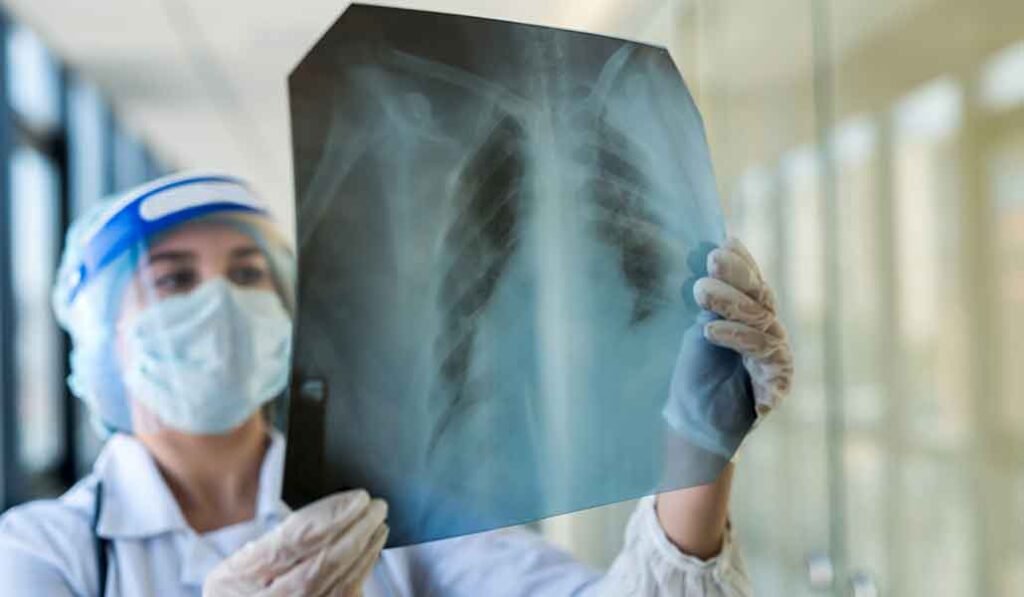
In a pivotal move, the World Health Organization (WHO) has unveiled its updated guidelines for the rapid diagnosis of tuberculosis (TB), signaling a significant shift towards harnessing next-generation sequencing (NGS) tests for identifying drug-resistant TB strains. This groundbreaking approach promises to transform the global fight against TB, offering a beacon of hope for millions affected by this infectious disease.
The Dawn of a New Diagnostic Era
The latest edition of the “WHO consolidated guidelines on tuberculosis: Module 3: Diagnosis – Rapid diagnostics for tuberculosis detection” marks a departure from traditional methods, focusing on the integration of targeted NGS tests. These advanced diagnostics are not just a leap forward in detecting TB but represent a major advancement in identifying resistance to critical TB drugs, including rifampicin, isoniazid, fluoroquinolones, pyrazinamide, and ethambutol, directly from respiratory samples.
Spotlight on NGS Technologies
The WHO has specifically endorsed three cutting-edge NGS tests:
- Deeplex Myc-TB by Genoscreen in France
- AmPORE-TB by Oxford Nanopore Diagnostics in the UK
- Tbseq by Hangzhou ShengTing Medical Technology in China
These assays have been heralded for their ability to diagnose drug resistance comprehensively, although the WHO cautions that further validation is necessary for certain drugs.
Read More : WHO Warns of Measles Outbreak in Half of the World!
Expanding the Diagnostic Toolbox
Beyond NGS, the WHO’s guidelines also underscore the role of other molecular technologies in the TB diagnostic landscape. This includes:
- Automated nucleic acid amplification technologies (NAATs) for detecting TB and resistance to key drugs
- Lateral flow antigen detection tests
- Line-probe assays for broader resistance detection
A Comprehensive Guide for Implementation
Accompanying the guidelines, the WHO has released an operational handbook designed to facilitate the adoption and scaling of NGS tests. This invaluable resource offers detailed guidance for laboratory personnel, clinicians, and other stakeholders, ensuring the seamless integration of these technologies into existing health frameworks.
Read More : Malaria Vaccine in Africa Gives New Hope!
The WHO TB Sequencing Portal: A Global Resource
The WHO’s commitment to advancing TB diagnostics extends to the launch of a new TB sequencing portal. Developed in partnership with FIND and Unitaid, the portal features over 56,000 sequences, offering an unprecedented resource for understanding Mycobacterium tuberculosis. The portal not only aids in visualizing data but also supports the global health community in tracking mutation frequencies and their implications for drug resistance.
Conclusion: A Call to Action
As we stand on the cusp of a new era in TB diagnostics, the WHO’s latest guidelines and resources underscore a global commitment to innovation and precision in healthcare. With the promise of rapid, accurate diagnoses and the potential to significantly curb the spread of drug-resistant TB, the global health community is poised to make great strides in the ongoing battle against tuberculosis. The journey towards eradicating TB is long and fraught with challenges, but with the advent of NGS technologies and a unified effort, the dream of a TB-free world edges closer to reality.


